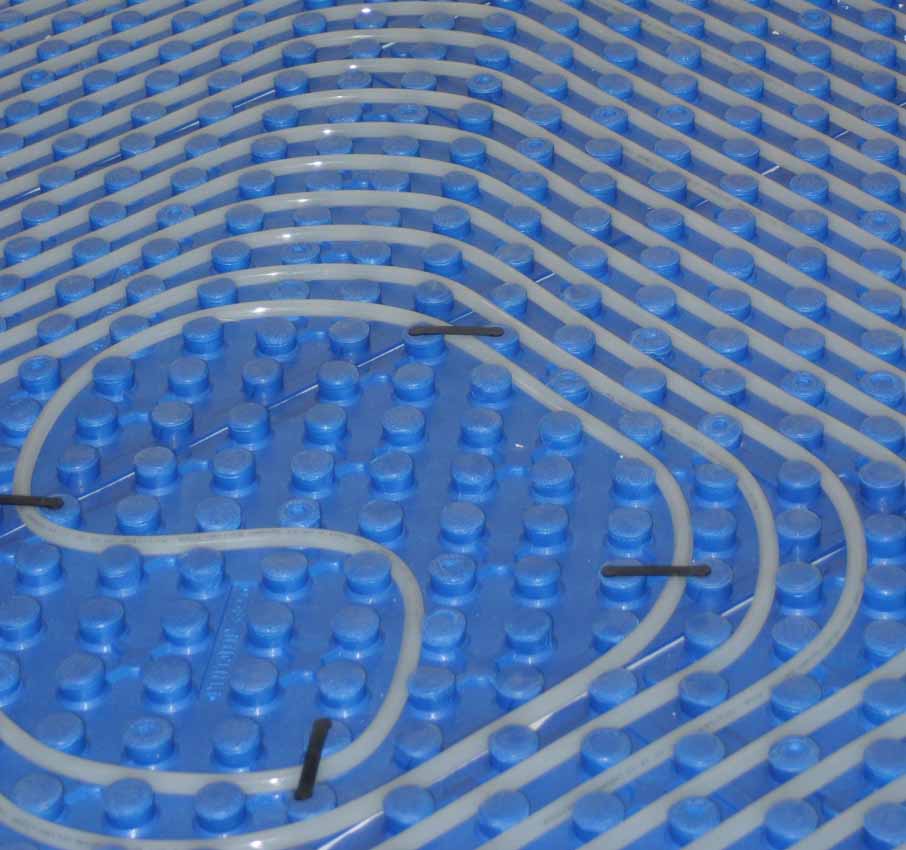- Reliable Family Run (Husband & Wife Formed)
- Twice Recommended by “Time Out” in 2006
- Finalist of the “Training & Development” Barking & Dagenham Business Awards 2008
- Finalist of the “Best New Business” and “Entrepreneur of the year” Kingston Business Awards 2010
- Finalist of the “Best New Business” and “Entrepreneur of the year” Kingston Business Awards 2011

Advanced Professional Plumbing & Heating Services London - we're husband and wife formed. 24 hr emergency London plumbers.
The principals of underfloor heating (also referred to as radiant heating) remain the same whether using electric or water systems. Heated floors act as efficient low-level radiators, radiating heat energy evenly into the room, gently warming the living space through a combination of radiant energy and heat conduction.
Underfloor heating has many advantages over traditional radiator heating. Radiators convect heat into the room, creating rising currents of warm air concentrating at the ceiling level: this type of convection heating is wasteful and inefficient. Underfloor heating operates by radiating heat energy into the room at the floor level, gently and evenly warming the room: this method of heating is cheaper to run than radiator heating by up to 20%.
In a modern, well insulated room, where heat loss factors have been taken into consideration, under floor heating can act as the primary heat source: in the majority of cases eliminating the need for radiators.
The major difference between electric and water – also referred to as “wet” systems - is in the construction of the sub-floor. Wet systems are especially suited to new floor constructions where the make-up of the subfloor can accommodate the pipework and cement screed. For existing floors, where overall floor height can be an issue, an electric underfloor heating system would be the preferred option due to the low profile (3mm) of the heating cable: these systems are the ideal choice for refurbishment projects or wooden subfloors.
Other aspects to consider would be the higher installation cost of a water system compared to a typical electric system and the difference in the running costs between the two different types of underfloor heating.
-------------------------------------------------------
Water Under Floor Heating Installations
For new constructions where the sub-floor is planned at the outset: where a concrete sub-floor is required, the pipework is laid within the cement screed. For wooden sub-floors, aluminium spreader plates are laid within the 400mm centres of the timber joists; pipework is laid at 200mm centres with the flooring laid directly on top.
Gas heating, especially when coupled with high efficiency condensing boilers, will have a lower overall running cost than electric.
Due to the lower operating water temperature of water underfloor heating systems, renewable sources of energy - like solar power and heat pumps - can be used to great advantage.
----------------------------------------------------------------






